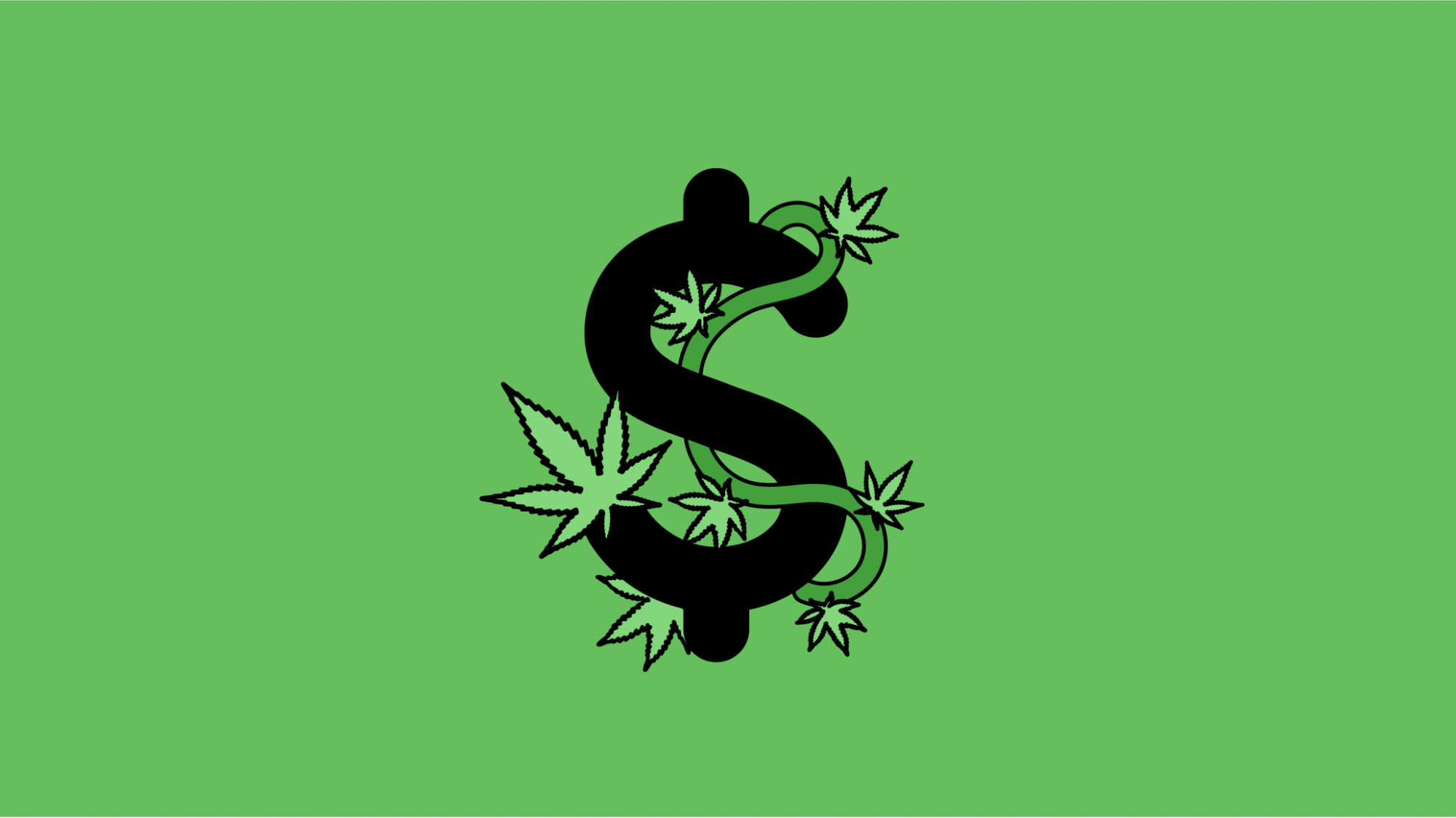You are here
Home 🌿 Recreational Marijuana News 🌿 ‘Dispensaries knew they had to change’: How the cannabis industry adapted in the pandemic 🌿‘Dispensaries knew they had to change’: How the cannabis industry adapted in the pandemic

The stress levels experienced in the past year caused many consumers to turn to cannabis as a coping mechanism.
That increased interest led dispensaries to bump up their ad spend, adopt the buy online, pickup in-store (BOPIS) model, implement curbside pickup, and even offer virtual consultations. Some dispensaries started or increased local delivery.
But the changes in public life also brought about radical changes in consumer behavior. While 4/20 and the Friday before Memorial Day had been the top two sales days for dispensaries every year of the past five years, they each failed to crack the top five last year, according to Nina Simosko, chief commercial officer at Akerna, a cannabis software company.
The biggest sales day last year was New Year’s Eve 2020 at $89.4 million, according to data from Akerna subsidiary MJ Freeway, a platform that tracks cannabis sales in 23 U.S. states where it’s legal.
Consumer tastes changed too. Dispensaries also saw increased interest and sales of edibles. In September 2020, 54% of cannabis users reported using edibles in the last year, compared to 35% of users in 2018, according to a survey of 4,600 U.S. cannabis users by New Frontier Data, a data analytics firm focusing on the global cannabis industry.
The two combined to bring about a radical change in an already rapidly evolving industry. These variables could present a new starting ground for businesses where cannabis has recently become legal for recreational use, including Virginia and New York.
“Seeing those low sales, dispensaries knew they had to change the business model,” she said. This year, Akerna forecasts that the 5-day period ahead of the holiday (Friday, 4/16 to Tuesday, 4/20) will bring in a predicted $370 million in sales. Global cannabis sales were north of $21 billion in 2020, up 48% from 2019, according to Akerna data.
After cannabis was labeled as an essential service by California in late March 2020, thereby able to keep its doors open amid the pandemic, Jeff Ragovin, chief commercial officer at Fyllo, a cannabis software company, says clients — which include Apothecanna and Grassroots — upped their ad spend to let customers know they were still open for business.
After March 15, average weekly traffic to Fyllo client sites increased by 35%-50% for a few months, indicating a large spike in interest in CBD products. Over the same period, ad-attributed revenue also increased by 78% for these sites.
“We saw seismic increases in audience-based targeting during the latter half of 2020 and consistent growth throughout the first few months of this year,” said Jackie Berg co-founder and CMO of CBD Marketing Hub, a CBD and cannabis marketing agency.
This year, cannabis brands also pursued women and nearly 50% of 4/20 ad campaigns are targeting female consumers, Berg said.
According to a February report by Akerna, women across all age groups drove cannabis sales in the first quarter of 2020, and the average amount they spent increased 50% in March 2020. The survey did not provide exact figures.
Columbia Care, which owns and runs dispensaries in multiple states, tripled its ad spend compared to the first quarter of 2020, said Jesse Channon, the company’s chief growth officer. “Programmatic display has done really well for us,” he said, adding that their return on ad spend is three times.
It also forced brands to try new things to meet this changed consumer behavior.
Columbia Care started a new virtual shopping experience, called Virtual Care, in which customers can book appointments with so-called budtenders to “walk” around the store and learn more about products.
While customers cannot transact in Virtual Care, they can purchase products online, or opt for an express in-person pickup. “We stood it up just for Covid, but now we think it will stick around,” said Channon. The company is also planning to expand its home delivery service, currently available in nine states.
“It’s been quite a year,” Ragovin said. “You couldn’t get a haircut, but you could buy weed.”
420 Intel is Your Source for Marijuana News
420 Intel Canada is your leading news source for the Canadian cannabis industry. Get the latest updates on Canadian cannabis stocks and developments on how Canada continues to be a major player in the worldwide recreational and medical cannabis industry.
420 Intel Canada is the Canadian Industry news outlet that will keep you updated on how these Canadian developments in recreational and medical marijuana will impact the country and the world. Our commitment is to bring you the most important cannabis news stories from across Canada every day of the week.
Marijuana industry news is a constant endeavor with new developments each day. For marijuana news across the True North, 420 Intel Canada promises to bring you quality, Canadian, cannabis industry news.
You can get 420 Intel news delivered directly to your inbox by signing up for our daily marijuana news, ensuring you’re always kept up to date on the ever-changing cannabis industry. To stay even better informed about marijuana legalization news follow us on Twitter, Facebook and LinkedIn.




